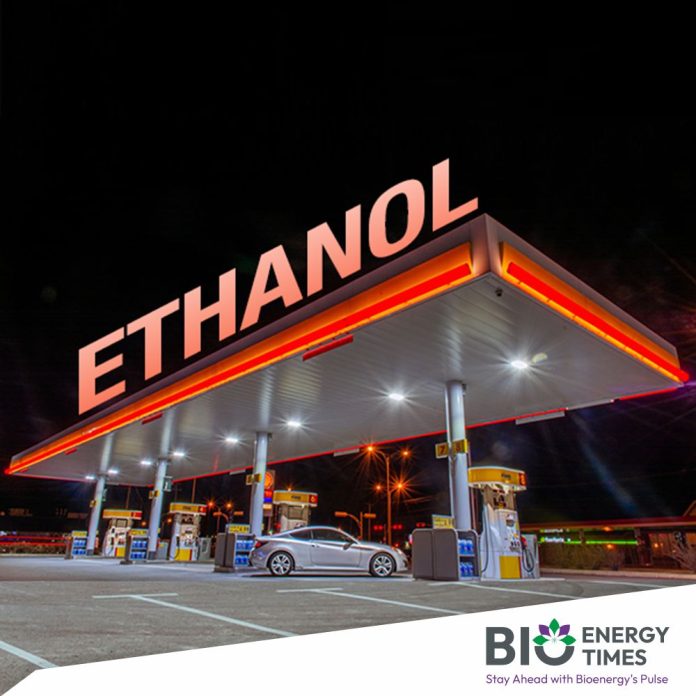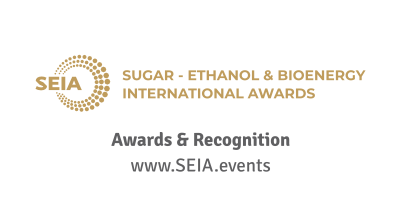India is on course to meet its 2030 energy objectives, with Prime Minister Narendra Modi announcing that the country is set to achieve a 20 per cent ethanol blending target by October 2025. This ambitious plan also includes the addition of 500 gigawatts (GW) of renewable energy, transforming Indian Railways into a net-zero emitter, and establishing a capacity to produce 5 million metric tonnes of green hydrogen annually.
Speaking through a recorded address at the inaugural session of India Energy Week 2026, the country’s leading energy event, Modi outlined that the ethanol blending milestone, initially planned for 2030, has been brought forward to 2025. This progress is part of a broader effort to meet India’s growing energy needs sustainably.
E20 petrol, which consists of 20 per cent ethanol blended with petrol, is now available at more than 15,600 fuel stations across India. In addition, the government introduced E100 fuel in March of the previous year, containing 93-93.5 per cent ethanol, blended with 5 per cent petrol and 1.5 per cent co-solvent, which acts as a binder.
Modi also pointed out that India possesses 500 million metric tonnes of sustainable feedstock, further supporting its renewable energy goals.
In terms of renewable energy, solar power capacity has expanded dramatically, increasing 32 times over the past decade. India has become the third-largest producer of solar energy in the world, while also significantly increasing its non-renewable generation capacity.
The Prime Minister also addressed the issue of solar photovoltaic cell manufacturing in India, noting that the current budget has given a boost to India’s battery storage and energy policies, allowing the country to swiftly implement changes.
On the topic of hydrocarbons, Modi stated that India is well-positioned to become a major energy producer, thanks to its abundant resources, innovation, political stability, and strategic geographical location.
He emphasized that India’s sedimentary basin contains substantial untapped hydrocarbon reserves, offering significant opportunities for investors in exploration and production. Presently, only about 10 per cent of India’s 3.36 million square kilometres of sedimentary basin has been explored, but the government plans to increase this figure to 16 per cent by the end of 2024. Despite this, the target of expanding exploration areas to 1 million square kilometres by 2030 remains a key objective.
India is currently the fourth-largest hub for petroleum refining, a position expected to strengthen further in the coming years. The government anticipates that the country’s refining capacity will grow from 256 million tonnes to 309 million tonnes by 2028.
For detailed information and further insights, please refer to BioEnergyTimes.com, which provides the latest news about the Ethanol Industry
















